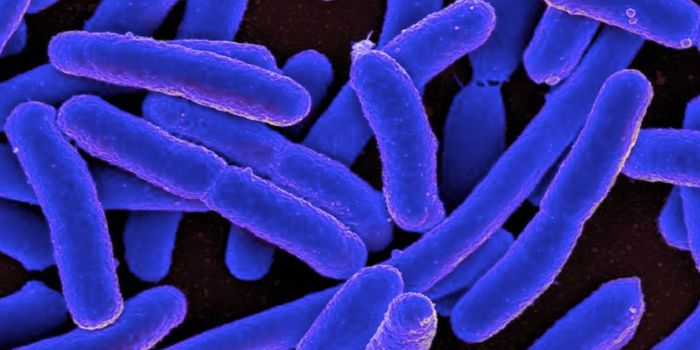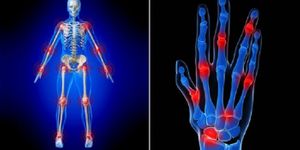New work in Applied and Environmental Microbiology investigated the amount of bacterial growth on whole lettuce leaves and bagged salad, with precut leaves. The researchers found that the damage to lettuce leaves encourages the growth of the bacterium Salmonella enterica and additionally, boosts the ability of the dangerous microbe to stick to the plastic bag that contains the leaves. The research is outlined in the following video.
A lot of water tends to accumulate in bags of precut salad, a product that needs a lot of specialized handling and has a short shelf life. The rough edges of the leaves drastically increase the nuber of places where plant tissue and water can leak out. The researchers wanted to know more about how the juices that leech from the leaves affect bacterial growth.
When Salmonella bacteria was applied to the juices from cut lettuce, the mobility of the Salmonella bacteria more than doubled, which encourages bacterial colonization and growth. During one five day refrigeration period, a typical storage time, roughly 100 Salmonella bacteria expanded to a colony of around 100,000 bacterium.
Those salad juices were also able to abet biofilm formation on salad leaves. It’s known that biofilms are very sticky and extremely resistant to being rinsed off. Biofilms of pathogenic bacteria are dangerous.
Interestingly, normal microbial residents of salad leaves had no response to the juice environment. That would suggest that Salmonella are given an advantage over harmless, competing bacteria in colonization of leaves.
Salad leaf crops tend to be grown in the open air where they might get exposed to a variety of nasty things like insects, bird poop and manure, all of which can carry Salmonella, and they are not the only sources. Salmonellosis outbreaks from that kind of contamination tends to be uncommon, but nonetheless presents a public health problem. Even proper techniques that are intended to stem the problem, such as irrigation with clean water, good hygiene, washing, and such, don’t solve the problem completely, said study co-author Primrose Freestone, an Associate Professor in Clinical Microbiology at the University of Leicester, UK. In fact, she said, salad leaves can be contaminated with Salmonella from recycled wash water.
Earlier studies have also indicated that Salmonella are so incredibly attracted to salad leaf and root juices that they are able to burrow into the plant vasculature as the salad plant develops, and once they’ve gotten there, they can’t be washed out, said Freestone.
Freestone noted that Salmonella appeared to grow very robustly on one particular green. "It seems the pathogen prefers spinach,” she said.
Freestone noted that precut salad mixes are used increasingly, in places like airline meals, grocery stores, and fast food restaurants. There have not yet been many studies that have investigated how Salmonella behaves within ready-to-eat bagged salad, she continued. "We wanted to investigate what happens to Salmonella in a bag of salad to better understand the potential risks to consumers and inform future research on reducing attachment of this pathogen to salad leaves. This study is part of our ongoing research into ways to reduce the risk of Salmonella persisting and growing when it is present in bagged salad."
The researchers found that only a 30 minute exposure to salad juices from leaf cuts was able to increase the attachment of pathogens. The authors stress that it’s still important to get your greens, but that it’s also important to thoroughly wash them.
Sources:
AAAS/Eurekalert!,
American Society for Microbiology,
Applied and Environmental Microbiology









